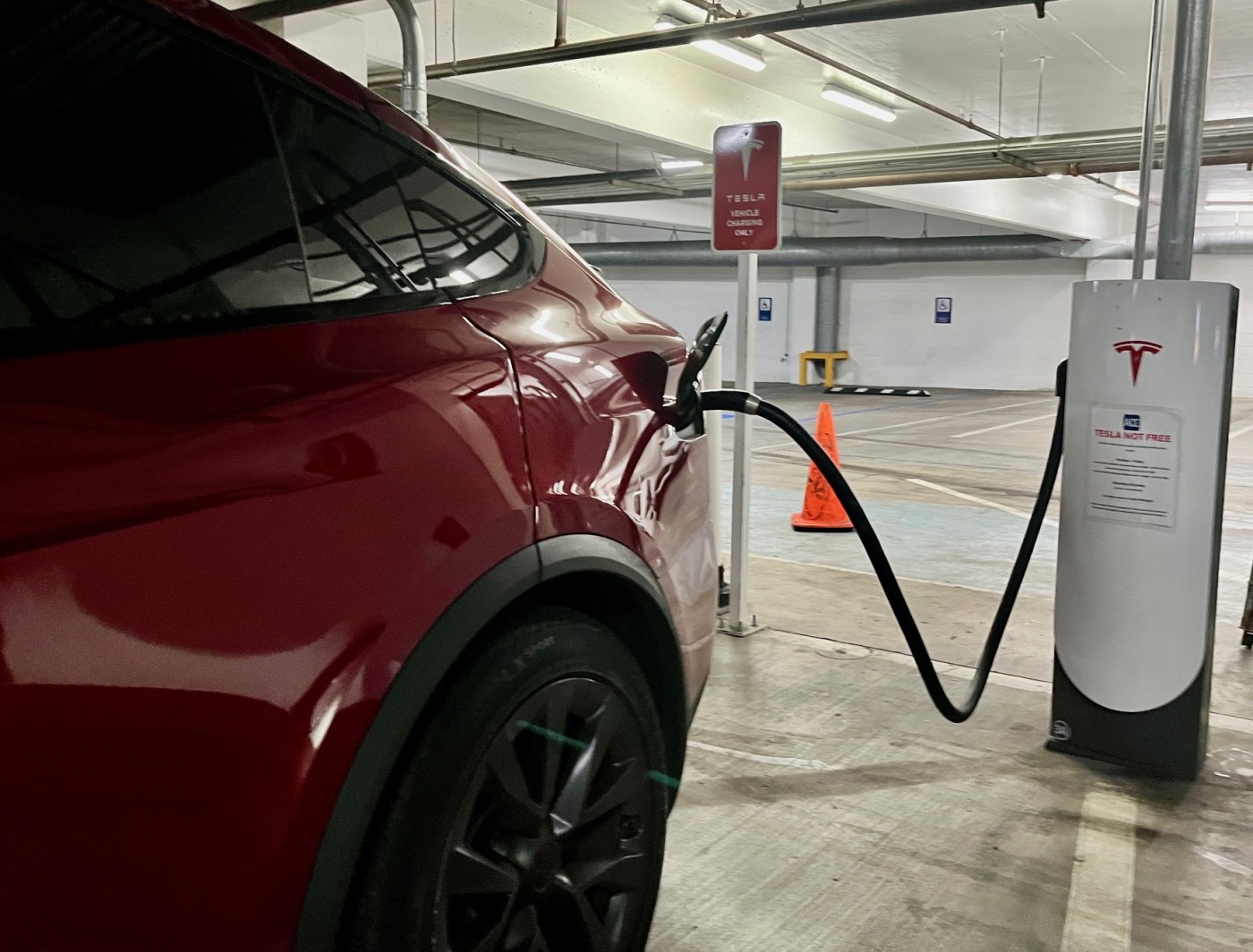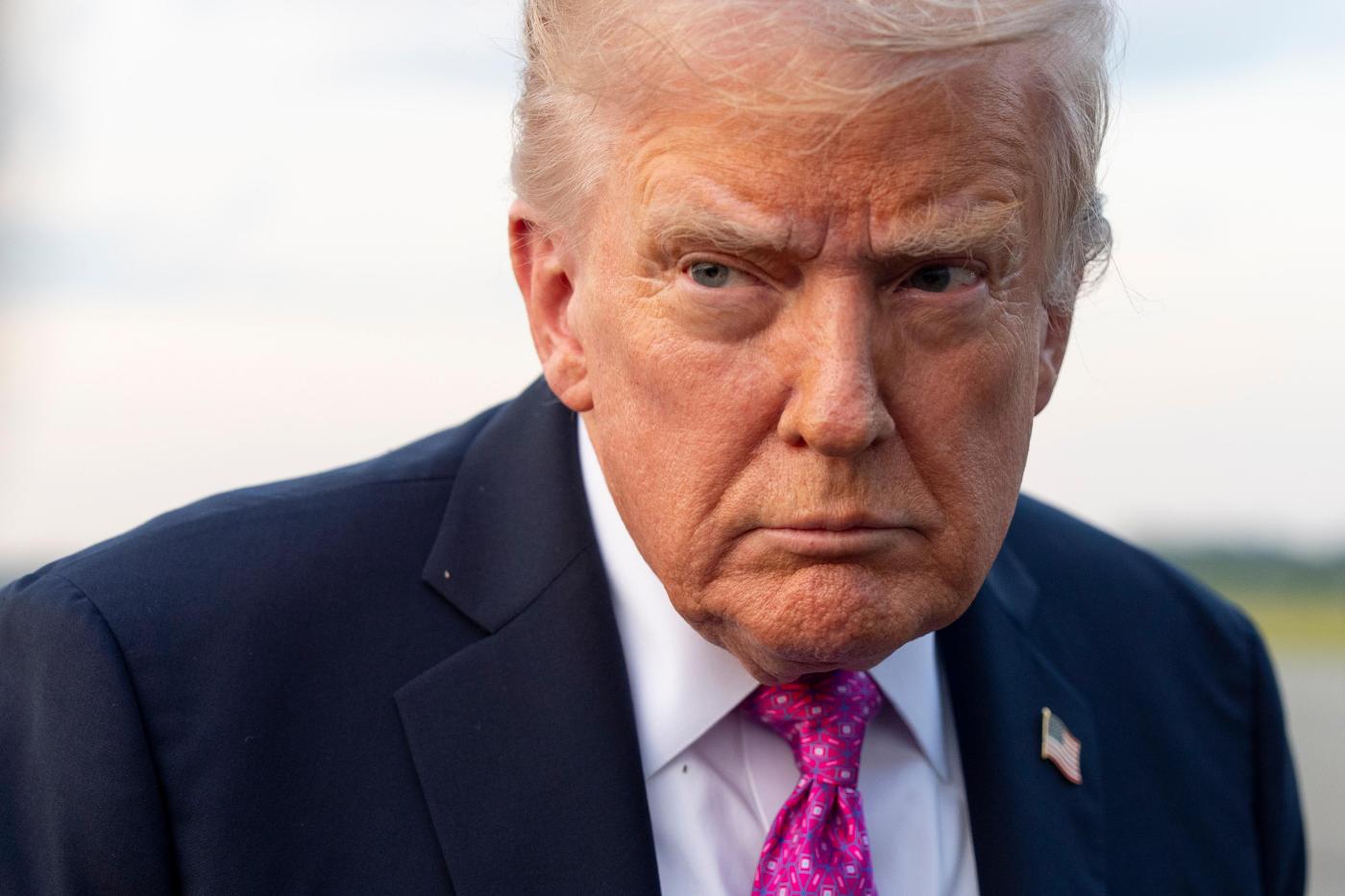(Bloomberg/Richard Clough) — US auto safety regulators opened an investigation into whether some Tesla Inc. vehicle doors are defective, citing incidents in which exterior handles stopped working and trapped children inside.
The National Highway Traffic Safety Administration said Tuesday it’s opening a preliminary evaluation of Tesla’s electrically powered door handles becoming inoperative due to issues with certain vehicles’ low-voltage batteries. While the probe specifically focuses on an estimated 174,290 Model Y SUVs, the regulator said the investigation could widen.
“NHTSA’s investigation is focused on the operability of the electronic door locks from outside of the vehicle as that circumstance is the only one in which there is no manual way to open the door,” the agency said in a document posted on its website. “The agency will continue to monitor any reports of entrapment involving opening doors from inside of the vehicle,” and will “take further action as needed.”
The move comes days after a Bloomberg News investigation uncovered a series of incidents in which people were injured or died after they were unable to open doors when Teslas lost power, particularly after crashes. NHTSA has received more than 140 consumer complaints related to doors on various Tesla models getting stuck, not opening or otherwise malfunctioning since 2018, Bloomberg found.
Related Articles
Abortion advocates raise alarm about social platforms removing posts in apparent overreach
Alphabet surpasses $3 trillion in market value
Musk’s $1 billion Tesla stock buy sends shares up for 2025
Now summer’s over, here’s what to do with all those photos on your camera roll
US and China reach a framework deal for the ownership of TikTok
During an interview last week, Tesla chair Robyn Denholm declined to comment on Bloomberg’s investigation into the door handles, beyond saying that the board “takes seriously” any safety incidents. Tesla didn’t immediately respond Tuesday to a request for comment on NHTSA’s probe.
NHTSA said its defect investigation was prompted by nine vehicle owners reporting an inability to open doors on 2021 Model Y sport utility vehicles. In the most common scenarios reported, parents were unable to reopen the doors of their Tesla to retrieve a child from the back seat or to place them in the back seat.
The agency noted that while Tesla’s vehicles have manual releases inside, “a child may not be able to access or operate the releases even if the vehicle’s driver is aware of them.” In some instances, people were forced to break the vehicle’s window to regain access.
Global Probes
Electrically powered doors already have come under greater scrutiny outside the US. In China, a top regulator is reportedly considering a ban on fully concealed door handles. Europe also has taken incremental measures to improve post-crash rescue and extrication protocols.
In response to Bloomberg’s investigation published on Sept. 10, NHTSA said it was aware of incidents cited in the article, as well as complaints about Tesla’s doors entered into the federal agency’s database.
Part of the problem has been that crash tests are designed to measure impact survivability, not whether occupants can quickly get out of the vehicle afterward. Issues involving egress can particularly impact people with disabilities, pets, young children or elderly passengers who may not be able to access a manual release.
The latest NHTSA action adds to other active inquiries targeting Tesla, including a probe of whether its Full Self-Driving system is defective following multiple crashes. Another is assessing the effectiveness of a Tesla software update that aimed to make its driver-assistance system Autopilot safer.
–With assistance from Dana Hull and Keith Laing.
(Updates with additional detail beginning in seventh paragraph.)
More stories like this are available on bloomberg.com
©2025 Bloomberg L.P.




